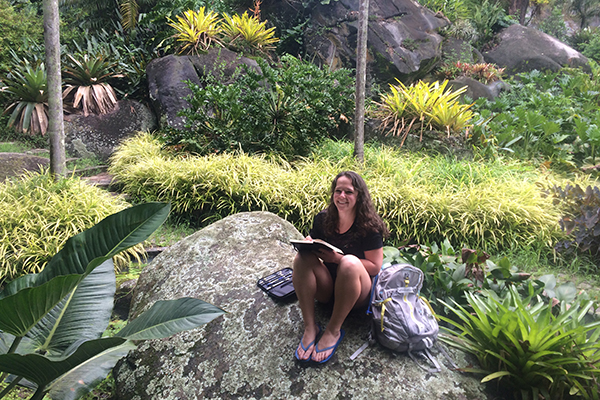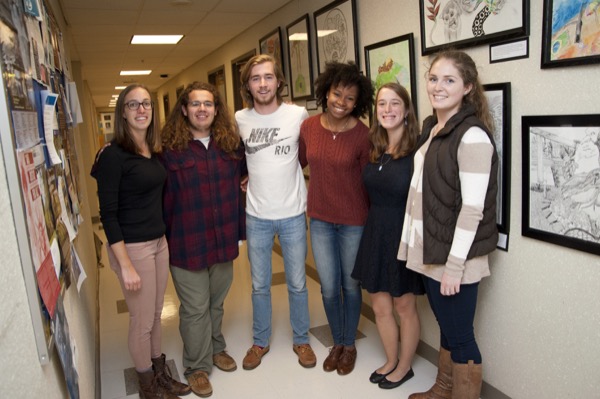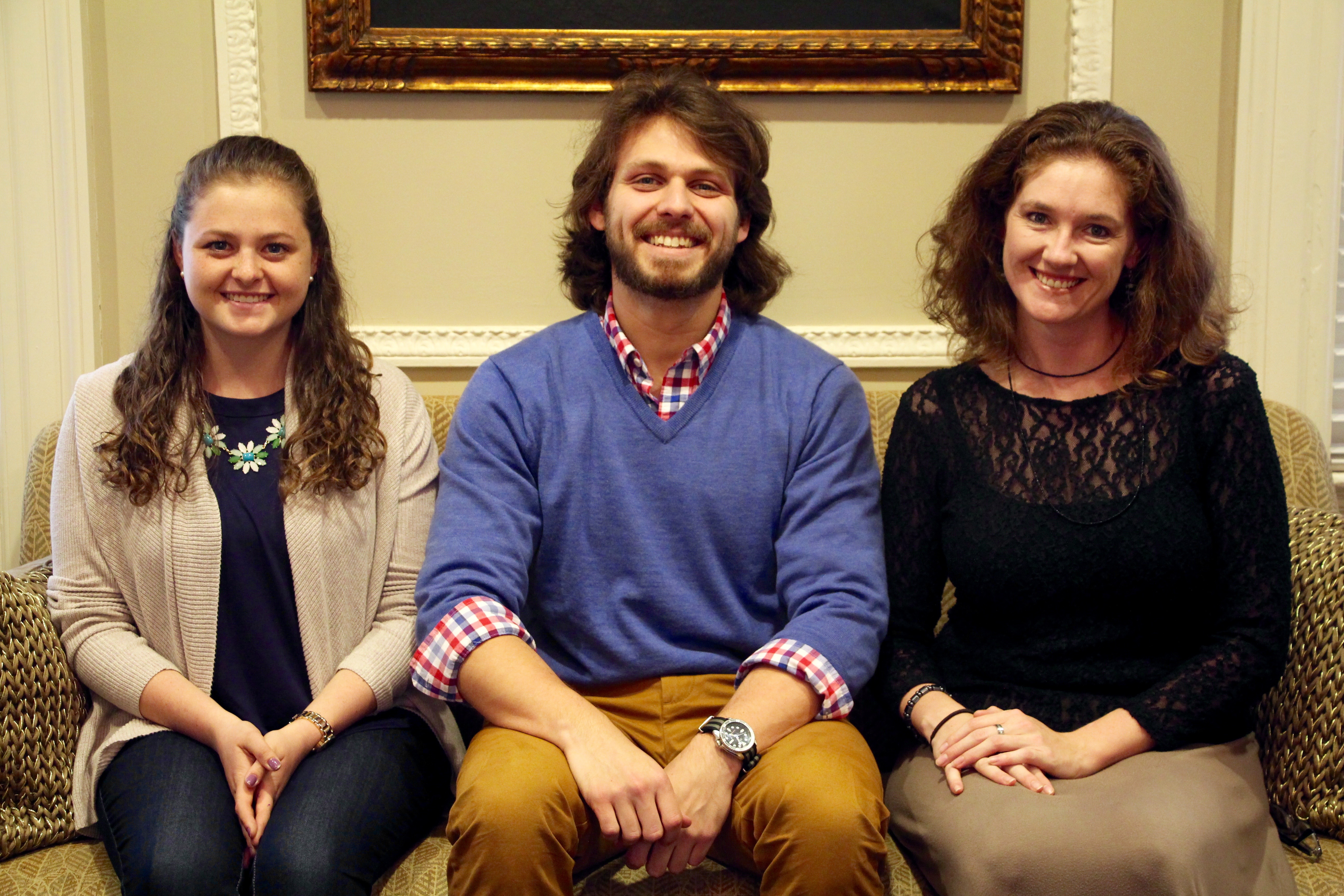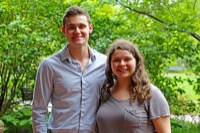Sketching Brazil
UD students learn the art of field sketching in Brazil
9:25 a.m., April 26, 2016--Twelve students from the University of Delaware studied abroad in Brazil in January, exploring the landscapes and sketching the South American scenery.
Led by Sue Barton, associate professor and extension specialist in the Department of Plant and Soil Sciences in UD’s College of Agriculture and Natural Resources (CANR), students in the Field Sketching of Landscape Subjects class tried their hands at sketching landscapes as diverse as the metropolitan area of Rio de Janeiro to the lush Amazon region.
Global Stories
Fulbright awards
Peace Corps plans
The students had 25 different individual sketching assignments due during their time in Brazil, and their final project is on display in the hallway of the plant and soil sciences department in Townsend Hall. For this project students had to create a montage of five different images that had meaning to them from the program.
“It’s wonderful to teach something like field sketching in Brazil in January where we are outside constantly, the subject matter is fascinating, plants have really bold textures and are interesting to sketch, and we go to lots of gardens. There’s really a great opportunity for students to sketch,” said Barton.
Barton said she first learned field sketching by taking a class taught by Jules Bruck, associate professor of landscape design who has led classes on study abroad programs in the past. Barton has taught the class the last two times they have gone to Brazil and said she is interested in teaching the students how sketching can be used as a tool.
“The process causes you to observe what you’re seeing more carefully and learn more about what you’re seeing than if you took a photograph of it or if you walked by it, so it hones observation skills as well as teaching you how to sketch,” said Barton.
Barton said that this year’s final projects, which were done in pen and ink — with one student using pastels and some using water colors — were “just amazing. The students did such a great job. We had two students who were art students so they already had some of these skills but I had a number of students who had never really sketched before. It was a great group of students.”
Interdisciplinary learning
The class was made up of students from various disciplines across UD, with students from plant science, food science, wildlife conservation and wildlife ecology representing CANR. Also part of the class were students majoring in chemistry, engineering and English.
Those students who had art experience helped fellow students who did not have much background in art, which Barton said was great to see.
“One art student in particular was really good at, when we had critiques of student’s work, making positive suggestions – probably suggestions I would not have been able to make,” Barton said. “We all learned from her, which I think is just a wonderful environment, when people are learning from each other. We had two neuroscience students, one girl who was already an amazing sketcher, and one guy who had never sketched before in his life but did a great job. It’s really fun.”
Austin Virdin, a junior majoring in landscape horticulture and design who hopes to one day have a career in landscape architecture designing urban blocks, said that it was beneficial to be able to sketch landscapes, tropical plants and streetscapes that contrast sharply with those in Newark and the United States.
He also said that for someone interested in landscape horticulture as a career, learning to sketch is beneficial because “it allows me to see subjects in greater detail. Whether it be a plant that catches my interest or a unique paving pattern, sketching gives me a greater understanding of the subject that I would not have had by just taking a photograph. These are elements I can then bring into a design by just looking through my sketch book.”
Virdin said he enjoyed visiting the Roberto Burle Marx Landscape Design officeand was excited to hear that some of the people they interacted with at the office will be coming to Townsend Hall on Thursday, May 5, at 7 p.m. to speak about the Burle Marx landscape legacy. The speakers are part of the Department of Plant and Soil Sciences’ celebration of the new bachelor of science in landscape architecture degree program, a degree in which Virdin has interest.
Virdin said he was excited that the study abroad opportunity arose, as it gave him a chance to see a region of the world he might otherwise have missed out on.
“I had friends who went to England, different places within Europe, and what drew me to the Brazil trip is that Brazil is not somewhere I would’ve gone just on a whim. It was an experience that I don’t think I would’ve had without doing the study abroad and I want to go back because of it,” said Virdin.
Article by Adam Thomas
Photo of students with sketch show by Wenbo Fan












